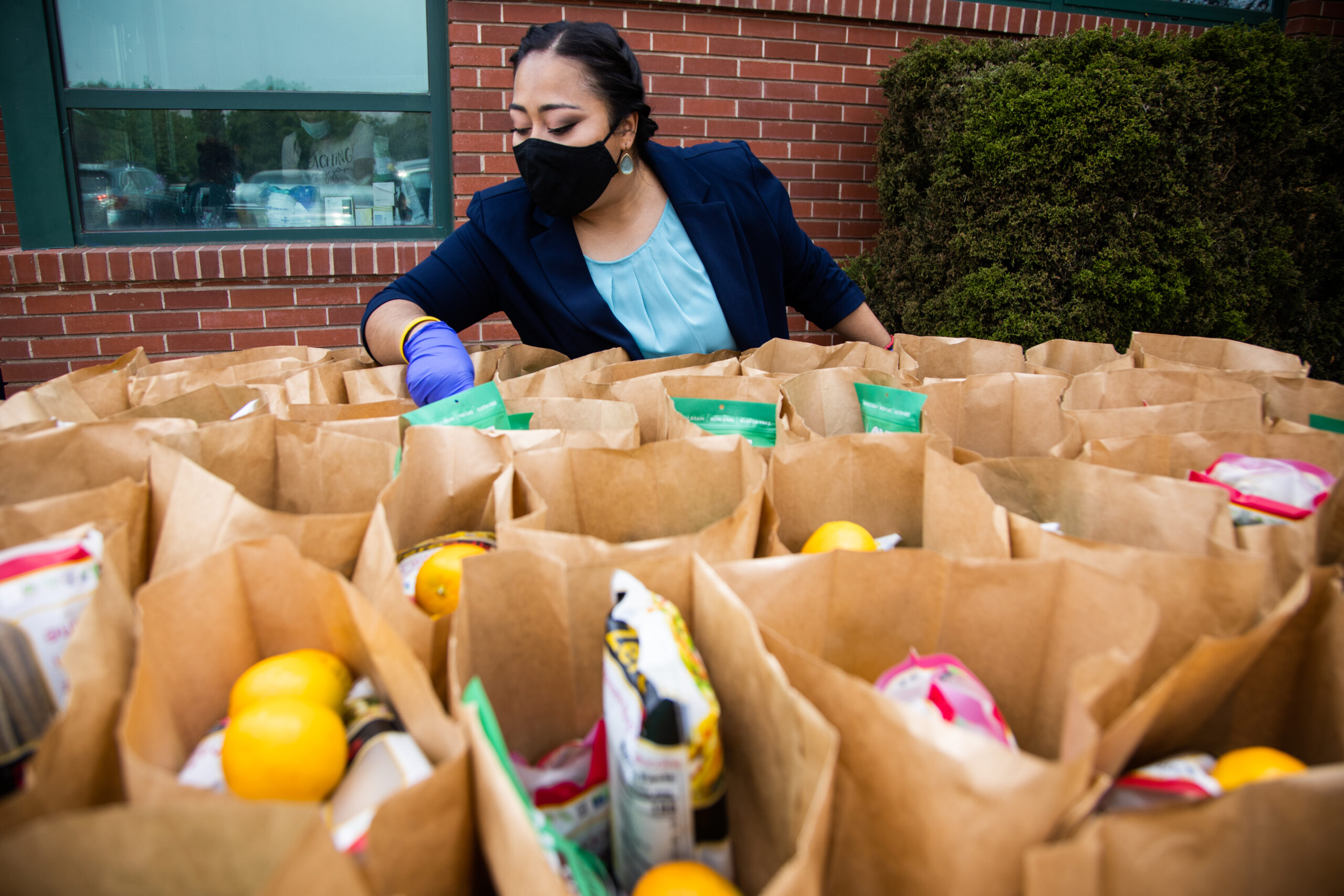The Slow (and Steady) Process of Network Building
by Jaffer Traish, VP of Partnerships
Building a network. It’s a familiar term that in practice can lay the foundation of disruptive ventures. Our modern day banking, retail, political, and social networks thrive on the compounding impact of a growing network effect.
I learned about the power of building a network in the urban streets. As a kid growing up outside Boston, MA I suffered from asthma—most of the little league kids had asthma just like me. Not too far from us was one of the largest coal-fired power plants in New England, and, as would later be confirmed years later, one of the dirtiest. Harvard research suggested 159 premature deaths per year attributed to the pollution.
I took action. I pounded the pavements of Charleston, MA and knocked on the doors of homes, small businesses, and local nonprofits to build a network of support to require scrubbers in the plant. The power plant company paid local families thousands of dollars to wash soot off their homes and cars and eventually complied with state scrubber regulation. The experience taught me that a grassroots network of families, businesses, and community organizations creating change could (and did) help these families for generations.
Sometimes, solutions to big problems are less obvious, incremental, and start at the grassroots level.
If we want to improve community health and outcomes, we need to think beyond healthcare. We need to remove barriers to basic needs and increase the affordability of healthcare & security. We need to improve nutrition literacy. We need to expand affordable housing.
Many Community Based Organizations (CBOs) exist to provide free and reduced cost services nationwide. Many are privately funded, some are government programs, and some are payer or healthcare system funded as well. We have a tremendous opportunity to build community organization networks. We can further their impact by improving the eligibility process, appointment management, referral management, capacity management, and more.
With the Centers for Medicare & Medicaid Services demonstrating social determinant frameworks and advocating for removing HIPAA barriers to care coordination, health systems & payers are adopting a social referral model. Healthcare isn’t the only entry point to this network. Local county programs, corrections facilities, and colleges are all entry points that surface personal needs.
I’m excited to see traction across the country in many industries focusing on surfacing needs, providing help, and measuring social support outcomes. This traction will help CBOs maximize their delivery efficiency and even their financial position and power to expand. Electronic Health Record systems are paying attention, with new social care modules and workflows to be released this year and next.
I’m excited that there are healthcare system leaders emerging in this space, such as the Camden Coalition, a unique UMass/Reliant partnership, Atrium Health, Sutter Health, and many others. These organizations are bringing CBOs to their table in large numbers to discuss ways of working together to help more people, surface needs collectively, and empower people to help themselves directly as well.
As we think about wellness, both inside clinical walls and out in the community, we should pay close attention to this emerging network—a social care network of closely aligned Community Based Organizations providing some of the most important services to people in need, with dignity and ease.
